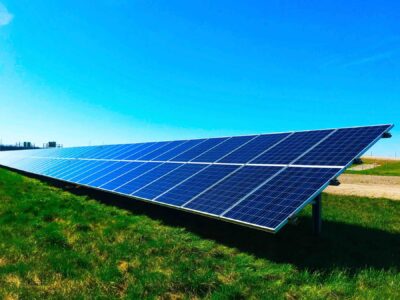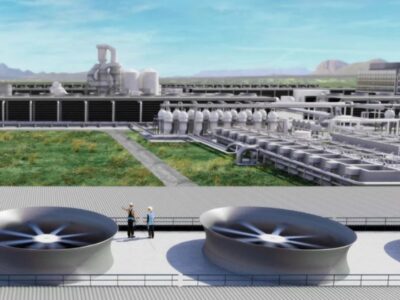Financial giant JPMorgan Chase & Co. has its fingers in many different pies, with $2.6 trillion in assets, operations in more than 60 countries worldwide, and services that range from investment and consumer banking to corporate lending, asset management, and wealth management. What you might not know about the United States’ biggest bank is that it also has large holdings in timberland – part of which will be used to capture carbon and protect natural habitats.
In February, the company’s J.P. Morgan Global Alternatives subsidiary announced the acquisition of more than 250,000 acres of commercial timberland across three properties in the Southeast, with a value of over $500 million. The purchase was led by Campbell Global, JPMorgan’s wholly-owned timber investment manager.

According to a press release, the properties will be continuously managed for carbon capture and timber production to meet the growing demand for sustainable building products and other uses. The properties include the following:
- More than 18 million metric tons of stored carbon dioxide equivalents
- Roughly 120 million standing trees
- More than 700 miles of streams are protected by 30,000 acres of riparian forests that sustain water resources, providing wildlife habitats and increased biodiversity within the landscape.
- More than 250,000 acres of diverse wildlife habitat for recreational pursuits
Suppose you wonder why one of the world’s oldest and largest banking companies has interests in timberland. In that case, it is partly driven by profits and mandates to improve environmental, social, and governance (ESG) initiatives.
As Fortune reported, the investment arms of JPMorgan and other big banks have shown an increased interest in nature-based solutions to remove greenhouse gasses from the atmosphere. That’s one reason J.P. Morgan Asset Management purchased Campbell Global in June 2021 for an undisclosed sum.

That buyout brought aboard a leader in global timberland investment and natural resource management. At the time of the deal, Portland, Oregon-based Campbell had $5.3 billion in assets under control and managed more than 1.7 million acres worldwide, including in the U.S., New Zealand, Australia, and Chile.
“Investing in timberland, on behalf of institutional and high net worth individuals, will allow us to apply our expertise in managing real assets to forests, which are a natural solution to many of the world’s climate, biodiversity, and social challenges,” George Gatch, CEO of J.P. Morgan Asset Management, said in a press release following the deal.
Timber is considered a reliable asset that holds up well against inflation. This year’s purchase of additional 250,000-plus acres should help JPMorgan benefit from an expected rise in lumber prices, driven by what many forecast to be a rebounding U.S. housing market.

“This transaction is one of the largest of its type in the past decade and builds on efforts to expand our asset class offering across alternatives by offering investors access to a robust carbon sequestration and timber management platform,” said Anton Pil, Global Head of J.P. Morgan Global Alternatives.
One of JPMorgan’s goals is to prove that sustainable investing can also produce positive financial returns – and one way to do that is to limit the number of trees cut down. This serves a dual purpose: keeping more trees alive to capture carbon and increasing prices for remaining trees.
“Carbon offset revenue does not require felling trees to realize returns,” Kristin Kallergis Rowland, JPMorgan’s global head of alternative investments, wrote in a September blog post. “Over time, this should keep more trees in the ground, benefitting the environment and reducing the timber supply overall (all else equal) — thereby supporting lumber prices.”
JPMorgan’s move into sustainable timberland builds on its broader ESG program. The company listed several accomplishments in its 2021 ESG report – the most recent available as of March 2023. These included reducing Scope 1 and 2 GHG emissions in global operations by about 15% and meeting its goal to maintain carbon-neutral operations for the second year.





